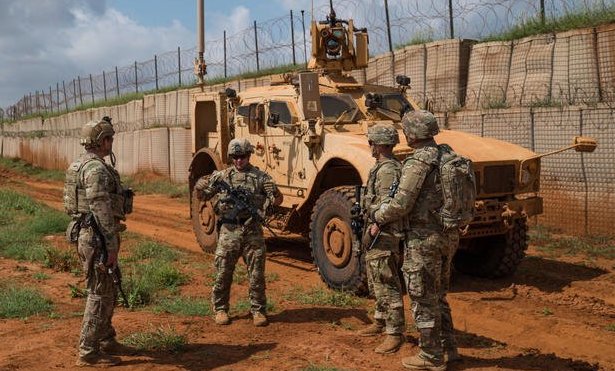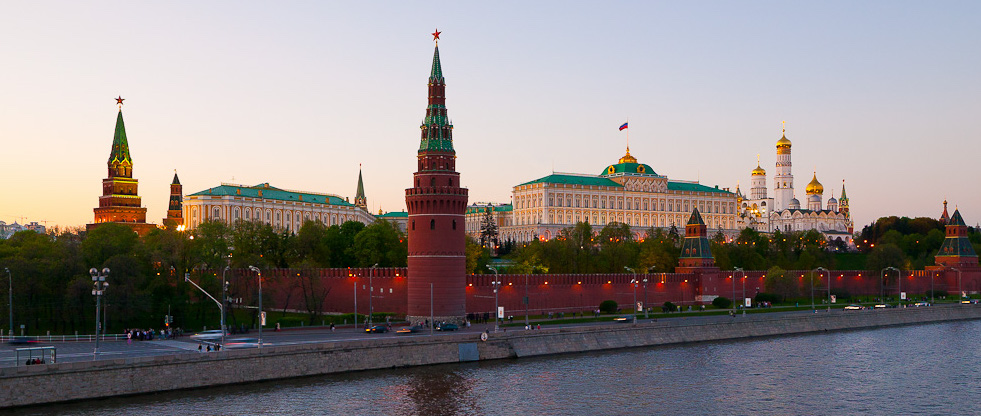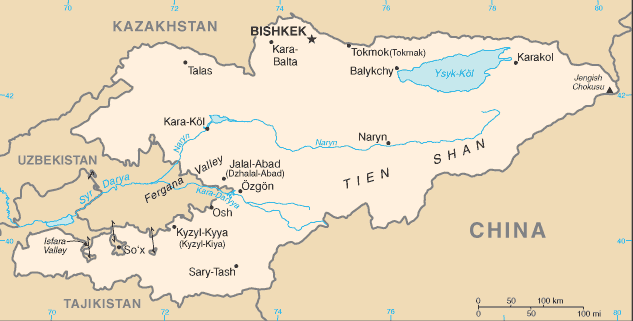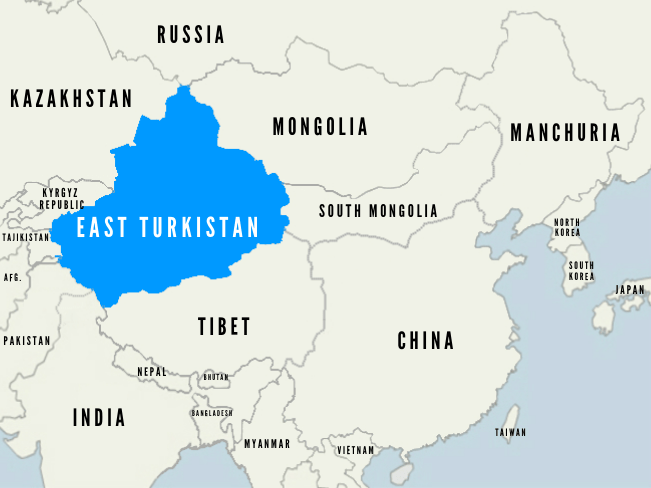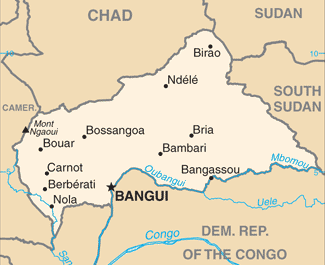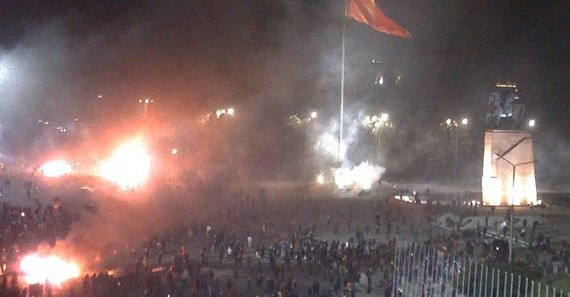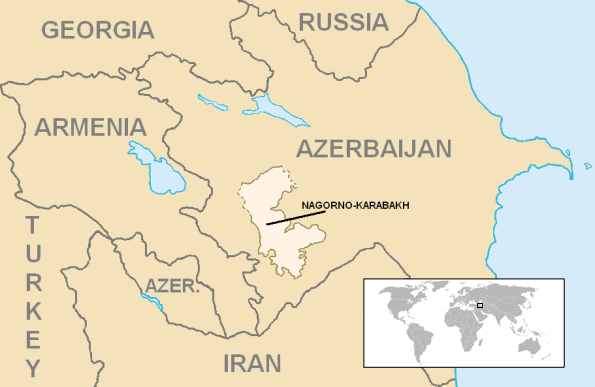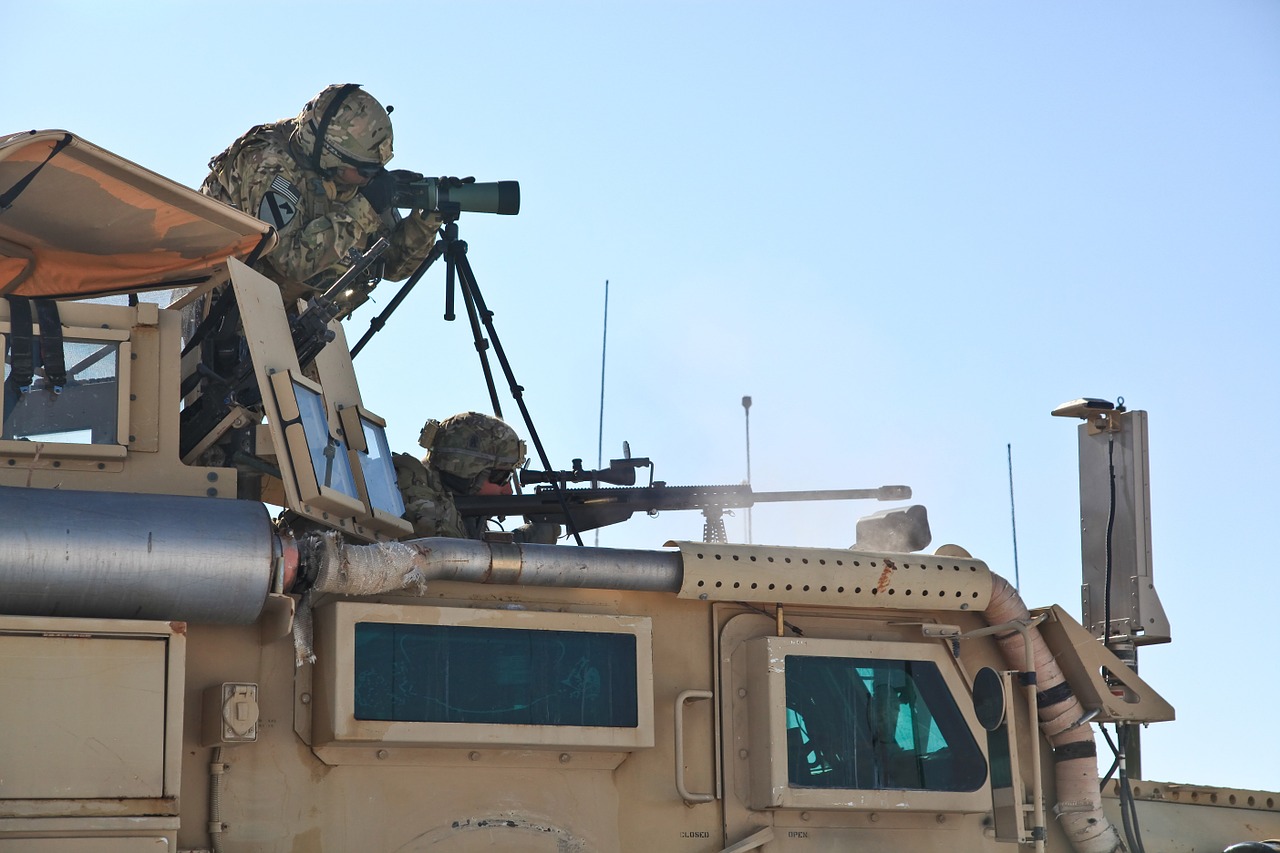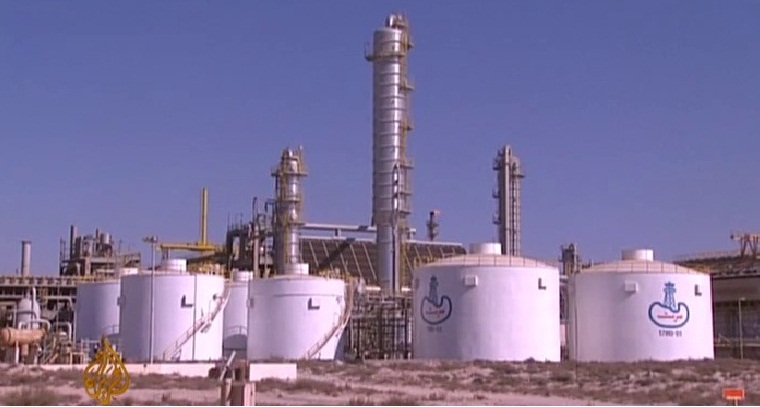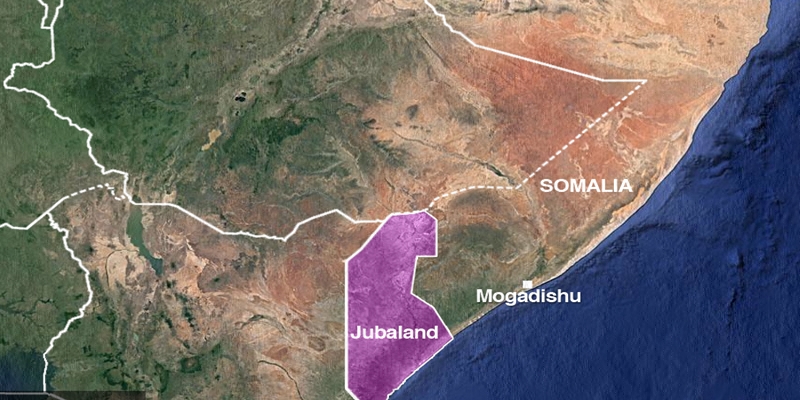
Breakaway regions at issue in Somalia-Kenya rift
Somalia severed diplomatic ties with neighboring Kenya, accusing it of violating Somali sovereignty and meddling in its internal affairs. Although the statement cited no specific grievances, it came exactly as Kenyan President Uhuru Kenyatta was hosting in Nairobi the president of Somaliland, a breakaway region in Somalia’s northwest that declared independence in 1991. Kenyatta and Somaliland’s President Musa Bihi Abdi signed a pact on increased security and economic cooperation—which is clearly viewed by Mogadishu as a step toward formal recognition. Two weeks earlier, Somalia ordered the expulsion of Kenya’s ambassador, accusing Nairobi of interfering in the electoral process in Jubaland, an autonomous region along the Kenyan border. Kenya maintains a military force of some 3,500 troops in Jubaland, where elections last year solidified the rule of the incumbent regional president, Ahmed Madobe, who is harshly at odds with Mogadishu. (Map: African Executive)



